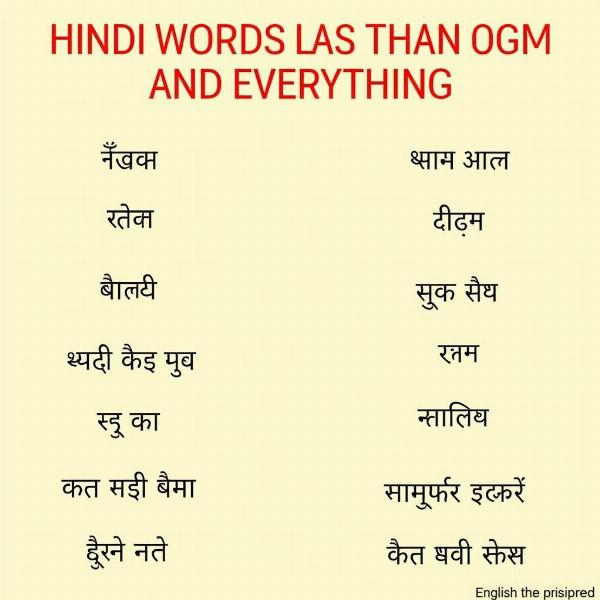Understanding the nuances of Hindi can be tricky, especially when dealing with phrases like “each and everything.” This article delves into the various ways to express this concept in Hindi, providing you with a comprehensive understanding of its meaning and usage. We’ll explore different synonyms, cultural contexts, and practical examples to ensure you can accurately convey the idea of “each and everything” in your Hindi conversations and writing.
Exploring the Meaning of “Each and Everything” in Hindi
The phrase “each and everything” emphasizes totality and inclusivity. In Hindi, several words and phrases effectively capture this meaning. Some common translations include “हर एक चीज़” (har ek cheez), “सब कुछ” (sab kuch), and “पूरी तरह से” (puri tarah se). While these translations are generally interchangeable, subtle differences in their usage can influence the overall meaning.
“Har Ek Cheez” (हर एक चीज़) – Focusing on Individuality
“Har ek cheez” literally translates to “every single thing.” This phrase emphasizes the individual components that make up the whole. It is best used when referring to a collection of distinct items or a detailed list. For example, “I packed har ek cheez for the trip” implies that every single item necessary for the journey has been meticulously packed.
“Sab Kuch” (सब कुछ) – Expressing Totality
“Sab kuch” is a more general term meaning “everything” or “all.” It conveys a sense of completeness without necessarily focusing on individual elements. You might say, “I lost sab kuch in the fire,” to express the devastating loss of all your possessions.
“Puri Tarah Se” (पूरी तरह से) – Emphasizing Completeness
“Puri tarah se” translates to “completely” or “fully.” This phrase emphasizes the thoroughness or extent of something. For instance, “I understand puri tarah se” signifies a complete understanding of the topic.
 Hindi Translation of Each and Everything
Hindi Translation of Each and Everything
Common Usage and Examples
Let’s explore some common scenarios where you might use these Hindi equivalents of “each and everything.”
-
Formal Situations: In formal settings, “har ek cheez” or “sab kuch” are suitable choices. For example, during a business meeting, you might say, “We have considered har ek cheez before making this decision.”
-
Informal Conversations: In casual conversations, “sab kuch” is more commonly used. You could say, “Did you bring sab kuch for the picnic?”
-
Literary Contexts: Depending on the specific context, any of the three translations can be used in literature. “Har ek cheez” is often preferred when describing specific details, while “sab kuch” conveys a more general sense of totality.
Why is Understanding “Each and Everything” Important?
Grasping the subtle differences between these Hindi translations can significantly enhance your communication skills. Using the appropriate phrase ensures clarity and avoids potential misunderstandings. It also demonstrates your fluency and understanding of the nuances of the Hindi language.
What if I use the wrong translation?
While using the wrong translation might not always lead to significant miscommunication, it can sometimes create confusion or alter the intended meaning. For example, using “har ek cheez” when you mean “sab kuch” could imply a more specific and detailed focus than intended.
Conclusion
Understanding the nuances of translating “each and everything” into Hindi is crucial for effective communication. By choosing the appropriate phrase – “har ek cheez,” “sab kuch,” or “puri tarah se” – you can convey your intended meaning accurately and demonstrate your grasp of the Hindi language. Remember to consider the context and the specific emphasis you want to convey when choosing the best translation.
FAQ
- What is the most common way to say “each and everything” in Hindi? “Sab kuch” is the most commonly used translation in everyday conversations.
- When should I use “har ek cheez”? Use “har ek cheez” when you want to emphasize individual components or a detailed list.
- Is “puri tarah se” a suitable translation for “each and everything”? “Puri tarah se” emphasizes completeness and is appropriate when you want to highlight the thoroughness of something.
- Can I use these translations interchangeably? While they are generally interchangeable, subtle differences exist, so consider the context carefully.
- Why is understanding these nuances important? Accurate translation enhances clarity and demonstrates your fluency in Hindi.
Meaning-Hindi.in is your one-stop solution for all your Hindi translation needs. We specialize in various translation services, including business and commercial documents, legal and certified translations, technical manuals, website localization, educational and academic materials, and express translation services for diverse industries. Need a document translated quickly and accurately? Contact us today at [email protected] or call us at +91 11-4502-7584. Meaning-Hindi.in offers expert Hindi translation services, ensuring precise and culturally sensitive communication across languages.